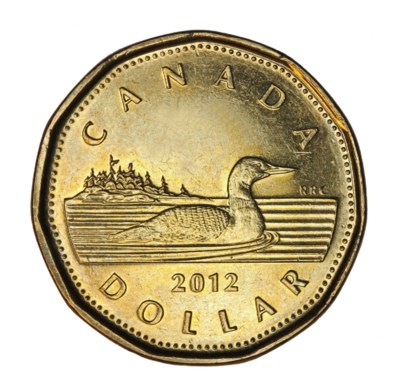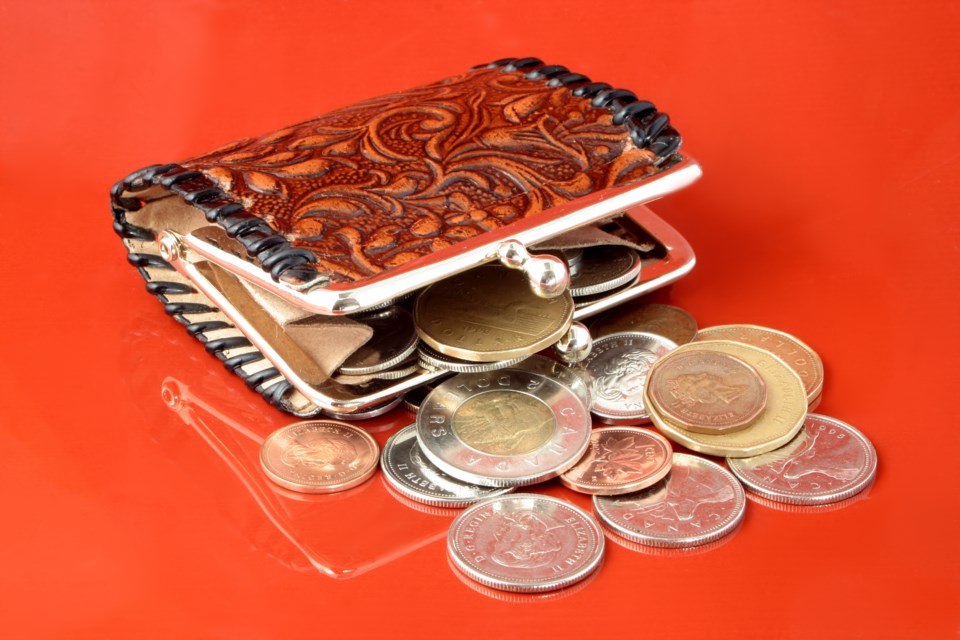From the archives of the Sault Ste. Marie Public Library:
Before artist Robert-Ralph Carmichael, the term “loonie” was strictly used as a gentle nickname to refer to someone acting foolishly. However, now it has become a widely used word to Canadians, a word that inspires pride to this day.
The Sault can particularly take pride in our one-dollar coin knowing that Carmichael, the artist behind the loon design, was a born Saultite.
The soon-to-be famous coin was first entered into a coin designing competition through the Royal Canadian Mint, claiming second place in the year 1978. It wasn’t until nearly 10 years later when Carmichael received a mysterious call stating that his design was being “chosen and used” while they specifically left out what his design would be used for.
The idea of the loon design being featured on the dollar coin was not a probable outcome for the artist at the time. There had already been plans previously announced stating that the pre-existing design on the silver dollar, featuring a voyageur in a canoe, would be on the new one-dollar coin.
When Carmichael asked if his coin was to be used as a commemorative coin for the 1988 Olympics, the only reply he received was, “No, this is something far more important,” according to a Sault Star article from the time.

Important it was! Carmichael’s design was chosen and the representative loon has been implemented on our classic coin since the summer of 1987. This almost wasn’t the case. If it were not for the loss of the “die” for the previous voyageur coin while being transported, we would have never have heard the term “loonie”.
The choice to move forward with Carmichael’s design did require a small change before it was released to the public. Carmichael’s original artwork displayed an Arctic loon used in the earlier competition, but was later changed to a universal Common loon since authorities thought more people would be able to recognize it.
Carmichael agreed to this minor change in order to have such a widely circulated coin, and took his creativity back home to Sylvan Valley. He redesigned the coin to portray the more widely known loon and added an island with trees to relate it back to its voyaging ancestor. He also added his initials, R.R.C., located just below the bird’s beak.
Feeling a powerful bond to the artist of the previous voyageur design Carmichael added the island. The designer of the silver dollar, Emanuel Hahn, taught at the Ontario College of Art when Carmichael was attending school there in the late 1950s.
June 30 marks the 31st year since the first official loonie was released to the public. Although Carmichael passed away during the summer of 2016, his coin will continue to be a reminder to all Saultites of his great accomplishments.
Not many artists get to see their artwork distributed and handled as many times as when it’s featured on one of the most prominent coins in Canada. Although this isn’t the only major accomplishment for the Sault-born artist, the creation of our iconic coin is one we see daily.
Originally made of a bronze plated nickel, since 2012 the coin has been made of multi-ply plated steel. Canadians everywhere can simply reach inside their pocket or purse for the clinking piece of metal to grasp a real part of our country’s history.
Each week, the Sault Ste. Marie Public Library and its Archives provides SooToday readers with a glimpse of the city’s past.
Find out more of what the Public Library has to offer at www.ssmpl.ca and look for more Remember This? columns here
